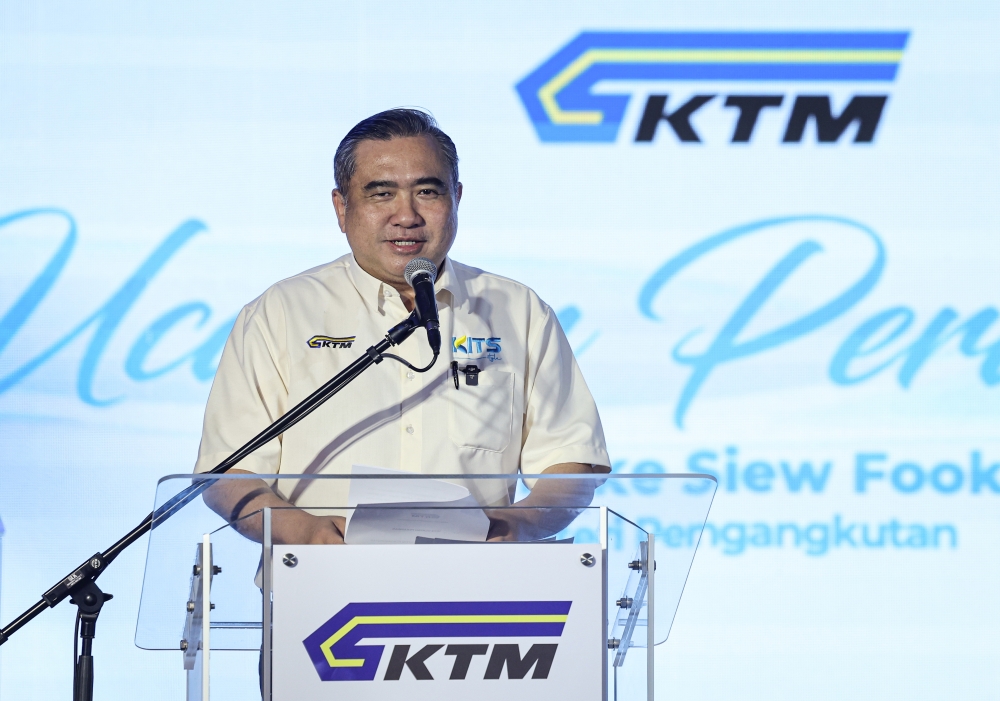Summary
China high-temperature allowance compliance is a critical HR obligation for FIEs. Learn who qualifies, how much to pay, and best practices.
Source: China Briefing

AI News Q&A (Free Content)
Q1: What are the key compliance requirements for Foreign-Invested Enterprises (FIEs) in China regarding high-temperature allowances?
A1: In China, high-temperature allowances are regulated by local labor laws, which require employers, including Foreign-Invested Enterprises (FIEs), to provide additional compensation to employees working in high-temperature environments. The allowance is typically applicable when temperatures exceed 35°C, and the exact amount varies by region. Compliance involves ensuring timely and accurate payments and maintaining proper records to avoid penalties.
Q2: How does China's high-temperature allowance policy compare to global standards?
A2: China's high-temperature allowance policy is specific in its application and varies by region, reflecting local climatic conditions. Globally, many countries have similar policies, but the thresholds for temperature and the amounts paid can differ significantly. In China, the focus is on protecting worker health during extreme weather, aligning with international labor standards aimed at workplace safety.
Q3: What are the challenges FIEs face in implementing high-temperature allowances in China?
A3: FIEs in China face challenges such as understanding the regional variations in allowance requirements, ensuring compliance with local labor laws, and integrating these allowances into existing payroll systems. Additionally, there is a need for accurate monitoring of temperature conditions and maintaining clear communication with employees regarding their entitlements.
Q4: How has climate change impacted the implementation of high-temperature allowances in China?
A4: Climate change has led to more frequent and severe heatwaves in China, increasing the importance of high-temperature allowances for worker safety. As temperatures rise, the scope and frequency of these allowances might expand, posing additional administrative and financial challenges for FIEs operating in the country.
Q5: What are the best practices for FIEs to ensure compliance with high-temperature allowance regulations in China?
A5: Best practices for FIEs include staying informed about regional regulations, implementing robust monitoring systems to track temperature conditions, integrating allowance calculations into their payroll systems, and maintaining transparent communication with employees. Regular audits and training programs can also help ensure compliance and address any issues proactively.
Q7: What are the economic implications of high-temperature allowances for FIEs operating in China?
A7: Economically, high-temperature allowances represent an additional labor cost for FIEs. However, they are a necessary investment in worker welfare and can reduce the risk of heat-related illnesses and associated productivity losses. Properly managed, these allowances can enhance employee satisfaction and retention, ultimately benefiting long-term business operations.
References:
- Climate change in China
- Comprehensive creep compliance characterization of orthotropic materials using a cost-effective automated system
- Model-less Active Compliance for Continuum Robots using Recurrent Neural Networks
- Between Innovation and Oversight: A Cross-Regional Study of AI Risk Management Frameworks in the EU, U.S., UK, and China




